Although Hurricane María devastated the island, neighbors of a strangled channel in the heart of San Juan are hoping federal recovery funds will salvage a project to improve the living conditions in their communities.
The polluted channel is the root of numerous problems concerning the residents in eight the surrounding neighborhoods, San Juan’s most densely populated area, with about 25,000 residents.
Most houses in the eight communities adjacent to the channel were built on a flood plain without government permits or professional supervision, like nearly half the homes on the island, government officials estimate. Because El Caño is a tidal channel, the ebb and flow of ocean tides dictate its level. Storm surges and even moderate rainfall, as well as the lack of an adequate sewage system in some streets, result in regular flooding episodes in which water from the overflowing channel surges into houses. This puts the residents at a higher risk of asthma, gastrointestinal diseases as well as mosquito-borne diseases.
María left roughly 1,200 homes near El Caño roofless, 75 completely crumbled and streets like Santiago Arroyo’s flooded for weeks. But a public corporation established by the Puerto Rican government 16 years ago, Proyecto ENLACE, has studied the possibility to dredge almost 2,500 tons of materials that are strangling the channel. With a detailed plan already designed, Proyecto ENLACE sees the possibility to obtain federal recovery and flood mitigation funds to implement the $800 million project and give life back to the once healthy waterway and its adjacent communities.
“Before September, the strategy was to get funding to begin the project,” said Estrella Santiago, the environmental affairs manager at ENLACE. “Now there’s a window to carry out the dredging and get all the funding at once.”
Explore El Caño
El Caño Martín Peña stretches for nearly 4 miles, connecting the San Juan Bay with the San José Lagoon, the two biggest bodies of water in San Juan. After María struck, fallen trees, debris, garbage and untreated water dumped in the channel for decades worsened its condition. This map features drone footage of the area.

The dredging costs about $215 million, which would come from the U.S. Army Corps of Engineers’ $15 billion supplemental funds approved in February for disaster relief. The infrastructural repairs — including rehousing families, installing proper storm sewage systems and modernizing the drinking water pipelines that cross El Caño — amount to $585 million and would come from the U.S. Department of Housing and Urban Development’s Community Development Block Grant Disaster Recovery Program.
Livia Rodríguez del Valle, the executive director of Proyecto ENLACE, said the benefits outweigh the cost. A healthy waterway in the heart of the capital could pump the island’s economy by creating 4,000 jobs in the tourism industry and adding more than $500 million to the island’s gross domestic product, according to a document submitted to the U.S. House of Representatives last November.
Money In, Money Out
Congress approved $15 billion for the U.S. Corps of Engineers in February 2018. Of that, $10 billion are for the recovery efforts of Hurricanes Harvey, Maria and Irma.
Proyecto Enlace is asking the federal government to allocate $800 million to repair El Caño. That is only 5.3 percent of the total US Corp of Engineers annual funding.
Click on a section to see how the money will be used.

Housing
$275 million dollars will go towards the efforts of relocating the community members and redeveloping the area after dredging El Caño.
Infrastructure
It will cost $300 million dollars to restructure the neighborhoods and allow for more efficient power sources. This cost will include the possibility of green infrastructure strategies and power microgrids.
Dredging
It will cost $200 million dollars to widen the river and prevent it from flooding during rain and stagnate when water levels lower.
The Roots
Sitting on a stool on the porch of his house, wearing a T-shirt that reads ‘El CAÑO’ and a newsboy cap, José Caraballo Pagán stops carving wooden ornaments to attend to what he says is the call of duty — serving his community. For the next two hours, he and seven of his neighbors determine who will vacate their home first.
For the dredging to occur, around 1,000 houses that sit near the channel must be vacant to make room for the heavy machinery and for the channel’s widening.
José, 72, is one of the eight leaders of G-8 Inc., a nonprofit run by members of the communities around El Caño. Every Thursday afternoon he sits in the rehousing committee that could soon move him out of his home of 55 years — located just 25 feet away from the channel.
“It’s not that I want to go, but I know I have to do it for the well-being of my community, for the people here,” he said. “You have to be conscientious and leave behind 50 years of your life for the well-being of the people but also for the waterway.”
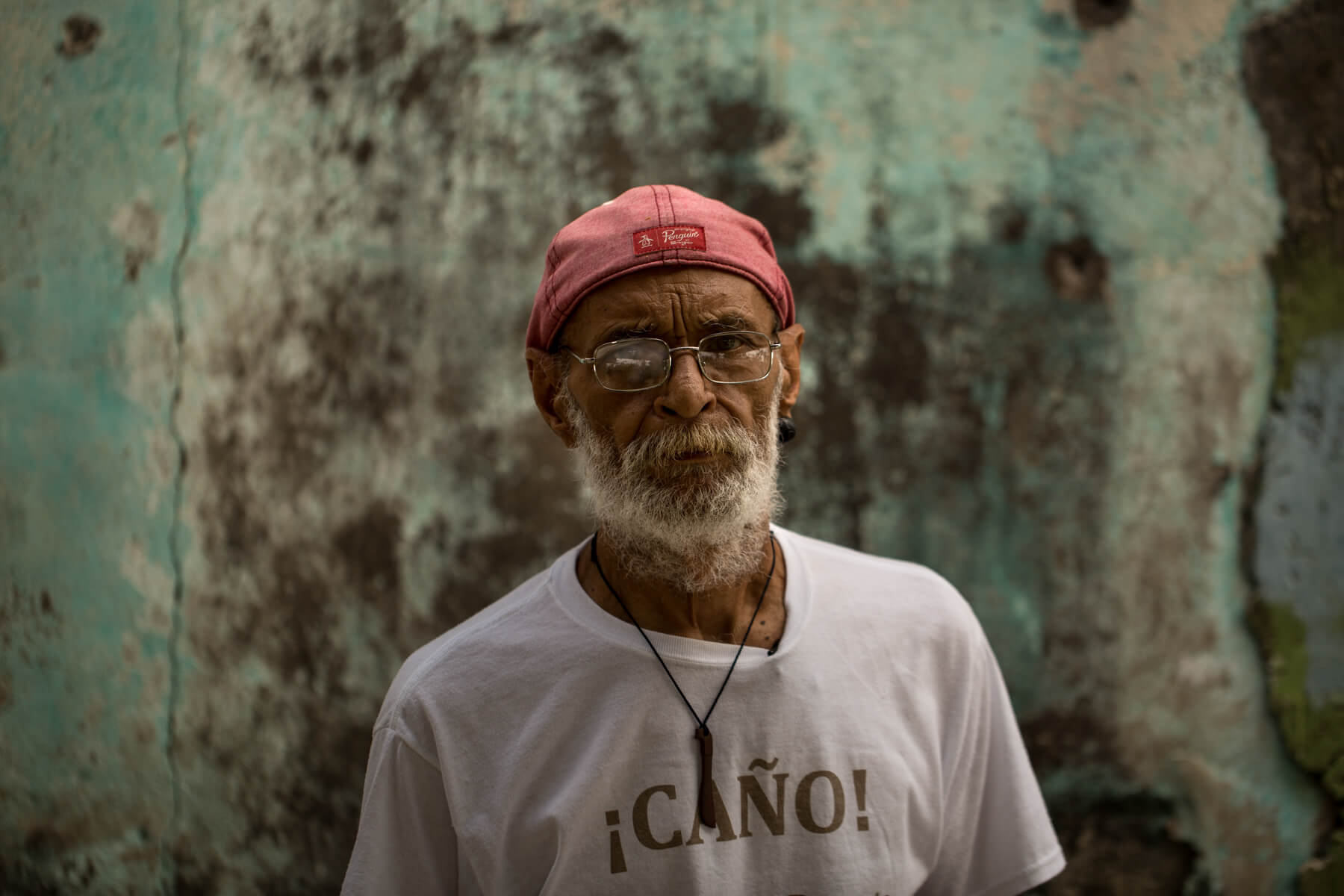
Photo: Matt Couch
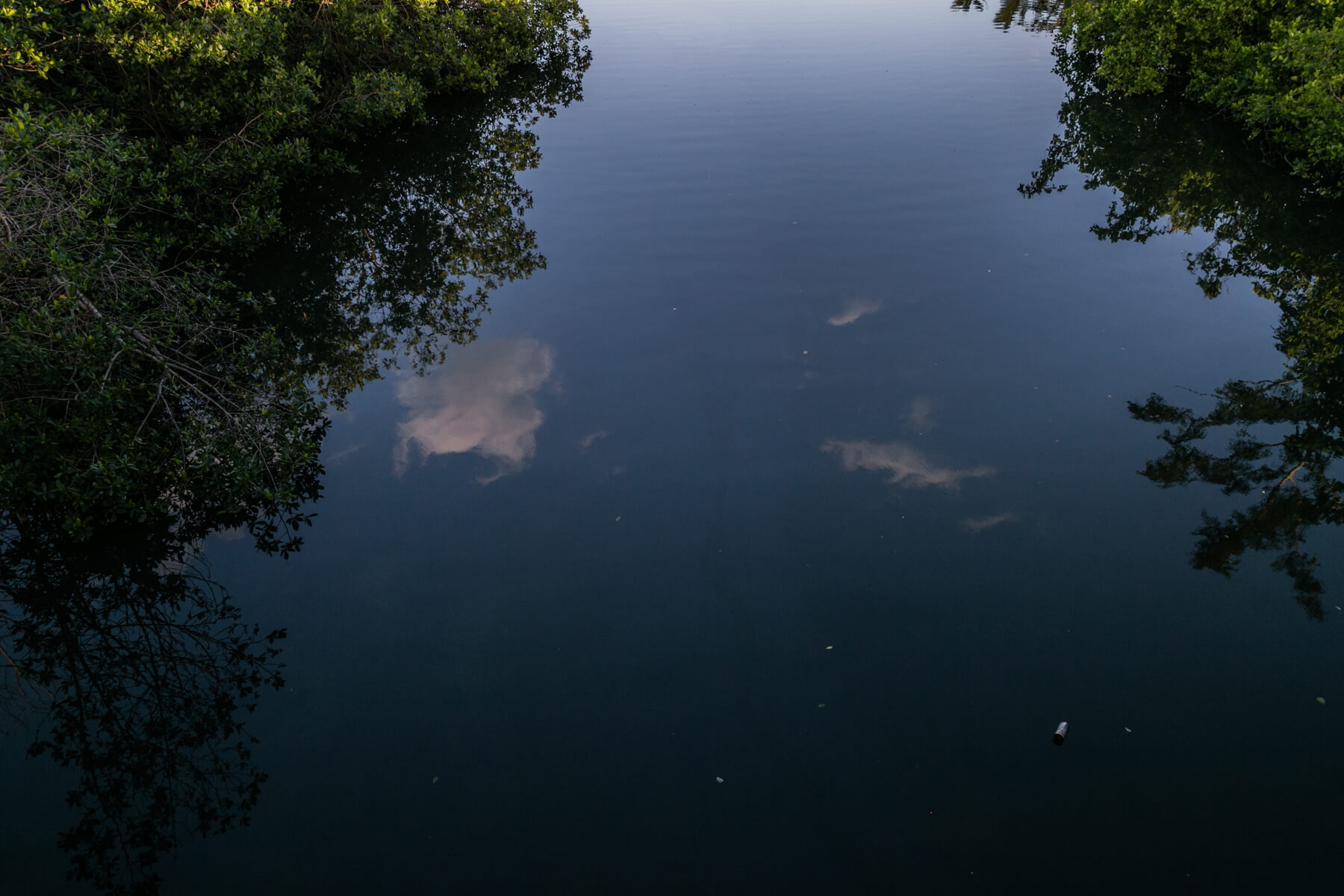
Photo: Kaitlin Harlow
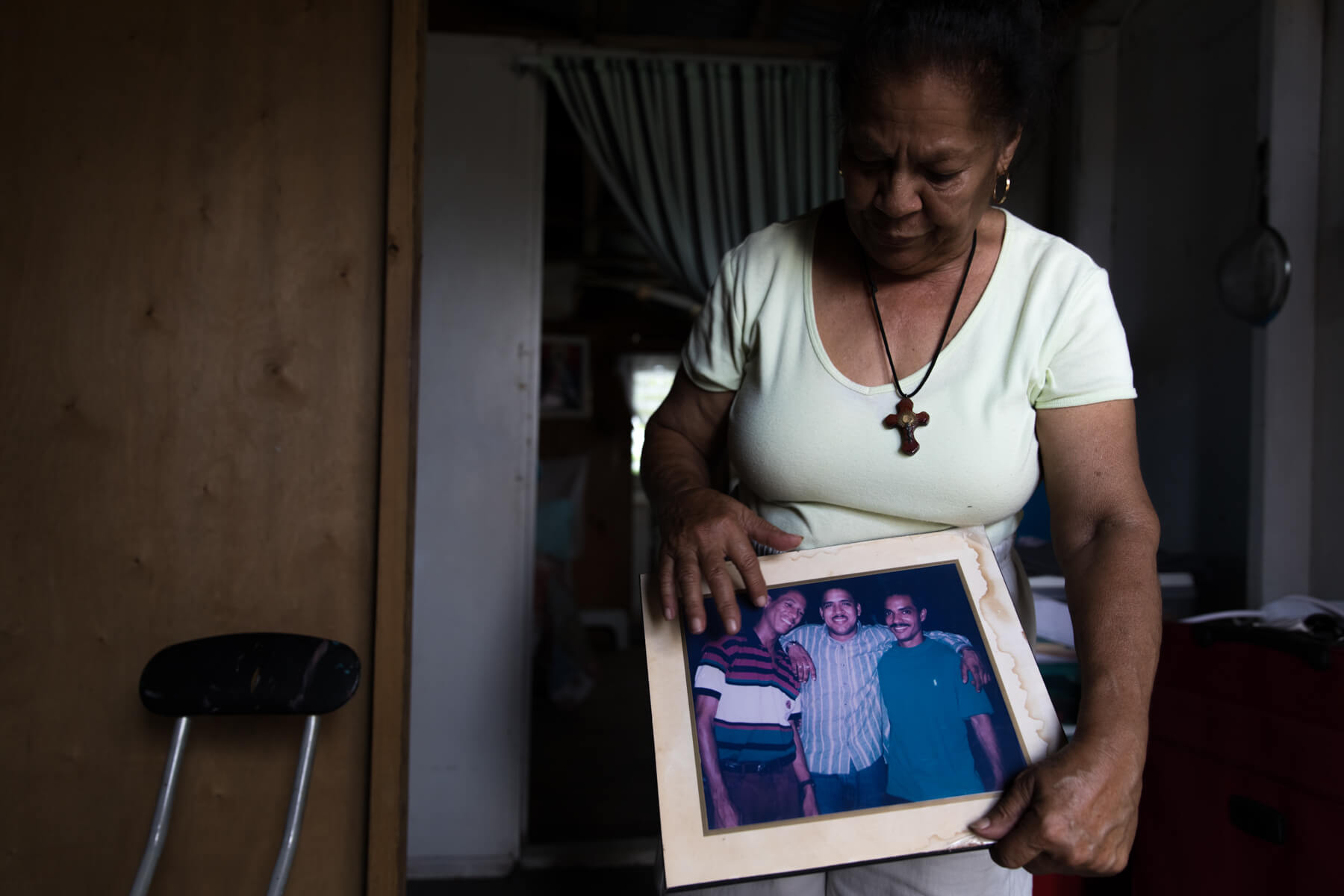
Photo: Alexis Fairbanks
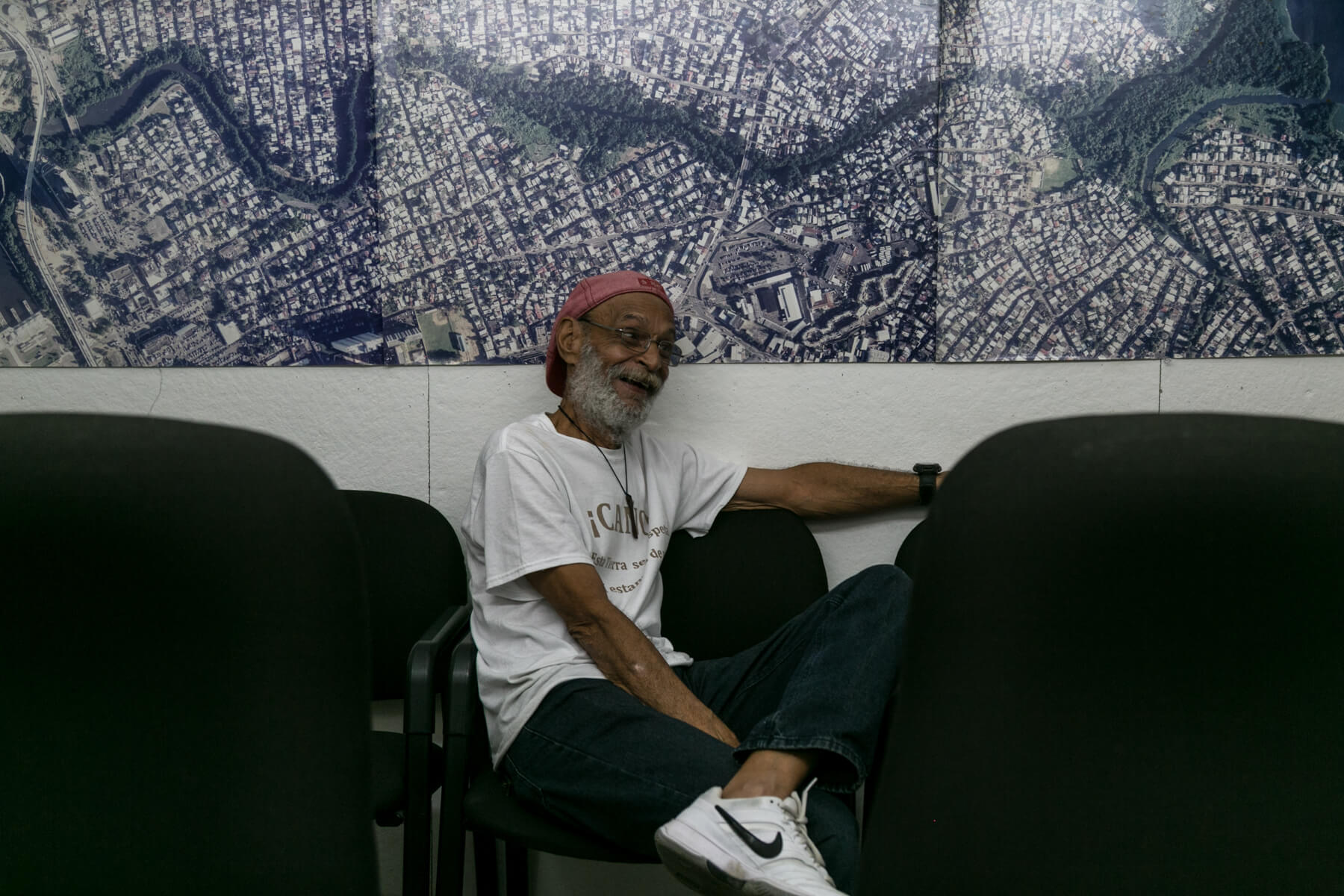
Photo: Kaitlin Harlow

Photo: Kaitlin Harlow

Photo: Kaitlin Harlow

Photo: Kaitlin Harlow
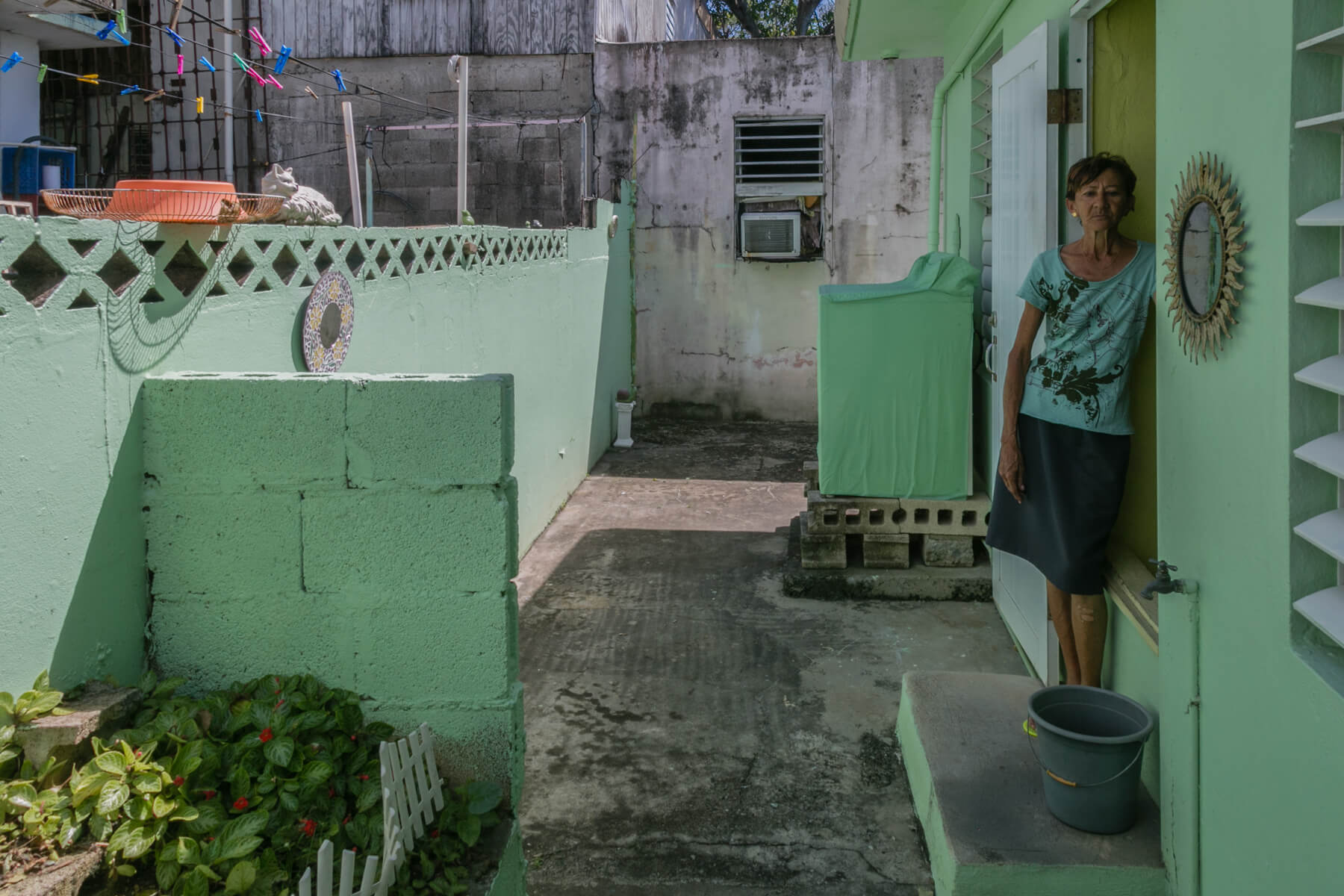
Photo: Kaitlin Harlow

Photo: Matt Couch
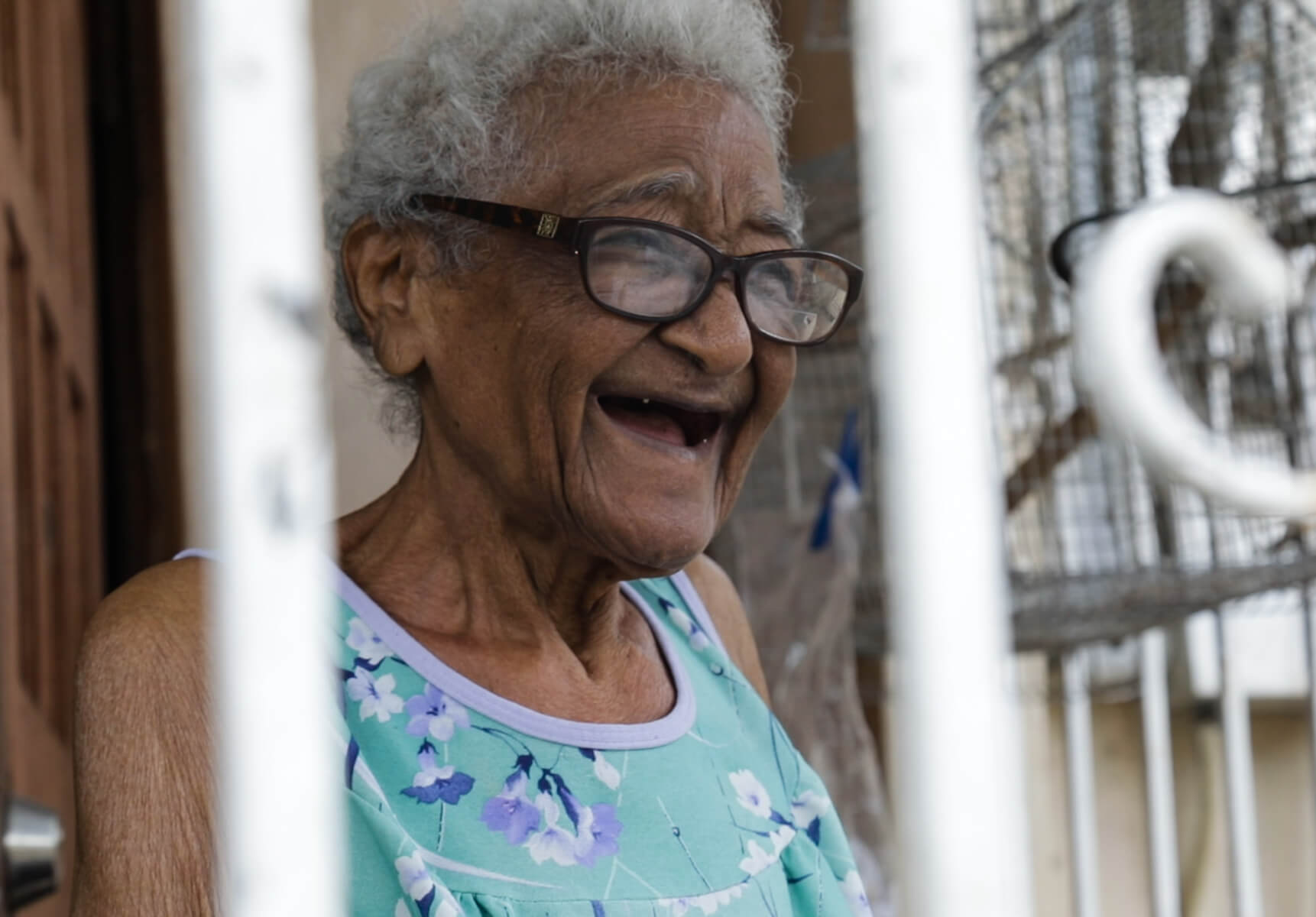
Photo: Nathan Klima
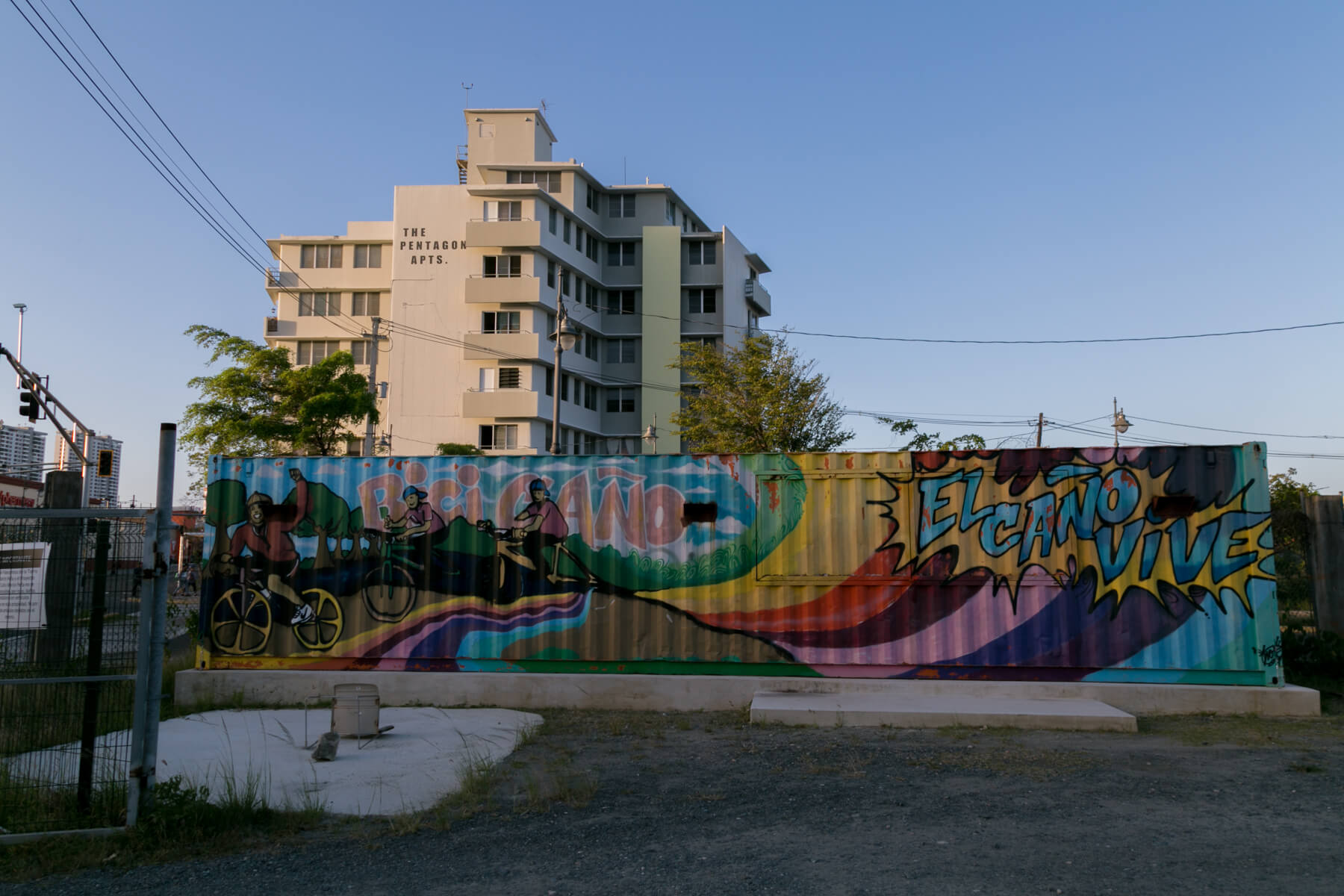
Photo: Kaitlin Harlow

Photo: Nathan Klima
Like many farm laborers in the first half of the 20th century, Caraballo Pagán’s father moved to San Juan from the countryside as the island’s economy shifted from agriculture to industry. In 1955, he bought a house in Fanguito, a neighborhood that once sat on the western edge of the channel.
By the second half of the century, Fanguito disappeared as the government claimed the land through eminent domain. In the 1960s, 2 miles of the channel were dredged to allow an aquatic transportation system from San Juan International Airport Luis Muñoz Marín to Old San Juan.

“It’s not that I want to go, but I know I have to do it for the wellbeing of my community, for the people here. You have to be conscientious and leave behind 50 years of your life for the wellbeing of the people but also for the waterway.”
Caraballo Pagán, one of the eight leaders of the G8
In 1955, Caraballo Pagán said his father obtained $500 from the government to vacate the house in Fanguito and moved to Barrio Obrero Marina, a neighborhood north of the channel, where he bought the house José has called home ever since.
“I’ve been fixing it here and there throughout the years,” he said. “Poco a poco (little by little). But what’s the worth of a million-dollar house if you have a waterway you can’t even look at.”
Today his two-story house has a double-height ceiling and cozy living spaces on the first floor, a small kitchen and a front yard where José sits to carve artisanal ornaments.
He’s watched El Caño, as he fondly calls it, shrink over the years. At its widest, he said, it was 400 feet. Now it’s so blocked with vegetation and garbage in some areas that people can walk from shore to shore.
“It was a navigable body of water,” he said. “People used to fish, the youth swam in it.”
Caraballo Pagán retired 10 years ago from his job as a building maintenance worker at the Institute of Puerto Rican Culture. Since then, he’s been a champion of his community’s fight for environmental justice.
“If you have a healthy environment, you have clean water,” he said. “You have healthy people.”
Recurring Concerns
According to Livia Rodríguez del Valle, the director of Proyecto ENLACE, throughout the years the state and municipal government gradually installed storm sewage systems in some streets. Three years ago, every home in the area received clean drinking water for the first time.
The problems persist.
Like the rest of the island, the corroded drinking water pipes often break, which interrupts service to homes. In many streets, when water enters the houses toilets overflow, mixing up sewage with rainfall.
In Puerto Rico, only 45 percent of homes have sanitary drains managed by the Puerto Rican Aqueduct and Sewer Authority, a number officials estimate is also representative of the neighborhoods in El Caño. While some residents have septic wells, more than 3,000 structures still discharge raw sewage into the remains of the canal according to the U.S. Environmental Protection Agency.
In preparation for the channel’s dredging, two major drinking water pipes that were built close to the water’s surface must be rebuilt to avoid the machinery from breaking the already existing pipes. As a consequence of the island’s debt problems PRASA can’t borrow money from the federal government for capital expenses. However, funds for one of the plumbing projects has already been allocated.
Proyecto ENLACE calculates delaying the dredging would cost more than $700 million during a 100-year period of recurrent flooding events.
Apart from the inundations, Blanquita Santiago Arroyo feels fortunate that only a small parcel of her roof was blown away by María. In December, before the power was restored, her 82-year-old uncle, whom she cared for, fell in the dark as he attempted to climb over the knee-high walls built to keep water off of their porch. He broke his hip, and, after complications from the operation, he died in February.
It’s been only Santiago Arroyo and her 11-year-old Dachshund, Poppy, in the house.
The number of people in El Caño who fled after the hurricane hasn’t been counted. But on Santiago Arroyo’s street alone, there’s one house for sale, one abandoned and one that collapsed as María made its way through the island.
The plans to dredge entail installing a proper storm sewage system in her street. Her house doesn’t have to be empty because it’s not close enough to the canal. But as funding remains uncertain, she hopes to move within the next two years.
“I’m going to be older, and I won’t be able to get the water out by myself,” Blanquita said. “I don’t have the same strength, but nobody will buy this house to struggle.”

